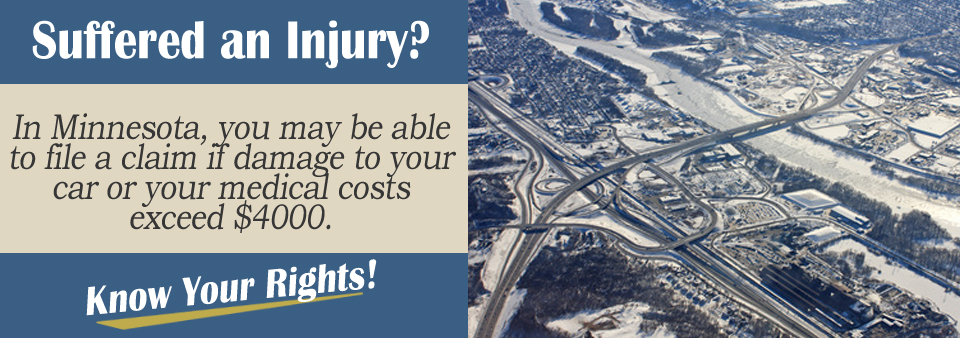All of Minnesota’s driving laws are important to adhere to. After all, those rules are what keep you and other drivers safe when you’re all sharing the road.
Of course, even if you follow the rules, sometimes other drivers won’t do the same.
Those drivers may be more likely to cause a collision and injure you in an accident. Fortunately, there’s the chance for some recourse. Contacting a personal injury attorney can be the best way of determining what you might be entitled to if you were injured in a car accident in Minnesota.
Specific Rules in Minnesota
Here is a sampling of Minnesota’s driving rules. You’ll eventually want to learn every one of Minnesota’s unique driving laws, but these ones are a good place to start.
-
Seatbelts: The driver and every single passenger--including those in the backseat--must be wearing a seatbelt in Minnesota. Young children are the exception; kids under 8 who are shorter than 4’9” also have to be in a booster seat or a rear-facing safety seat (depending on their age).
-
Drunk driving: A motorist in Minnesota can drive with a blood alcohol concentration (BAC) of less than 0.08, but if it ends up being higher than that, a driver could be arrested for impaired driving. Additionally, if the driver’s BAC is twice the legal limit for the first offense, then the driver will need to install an ignition interlock device (IID) in his or her car.
-
Open container laws: Open containers of alcohol aren’t allowed in any part of the car that can be easily accessed by the driver or passengers. They can be placed in the trunk, and closed containers of alcohol are still allowed in the passenger area of the vehicle.
-
Distracted driving: Distracted driving (which is any activity that takes your mind or eyes off the road) laws in Minnesota focus on texting while driving, which is prohibited in the state. Accessing the Internet is also prohibited while driving, though that’s not the case if it’s for a GPS. The only time that drivers under 18 are allowed to use a cellphone is if there is an emergency that requires a 911 call.
Drunk Driving Laws and Your Minnesota Auto Accident
If you were hit by a driver who had a BAC of 0.12 at the time of collision, that accident may have caused you to have some serious injuries.
Maybe you broke your ribs or ended up with a fractured skull, which means that you need professional medical care.
Normally, you’d file with your own insurance company after an accident because Minnesota is a no-fault state when it comes to insurance. However, if the other driver was definitely at fault and/or the accident ended up costing more than $4,000 in medical expenses, then think about contacting a personal injury lawyer to see if you’re eligible to file a claim.
Hiring a Personal injury Lawyer
You may not have expected to get injured in a car accident in Minnesota, but if it did happen, remember that you have options for support. An experienced Minnesota personal injury attorney can help you through the process of filing a claim if your injuries were severe enough.
If you’re worried about how to pay your attorney, keep in mind that most personal injury lawyers work on a contingency fee basis.
This means that you won’t have to pay them unless your claim is successful. Contact a PI attorney today-- you have a lot to gain and little to lose.
